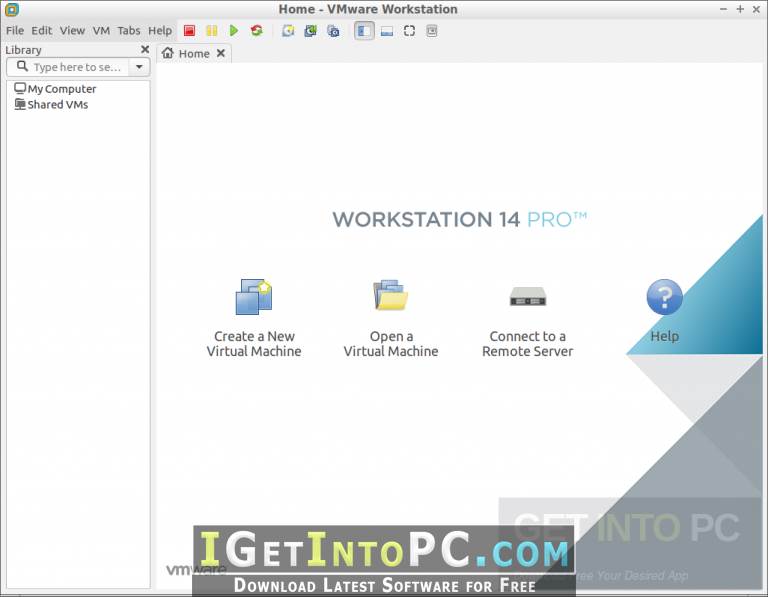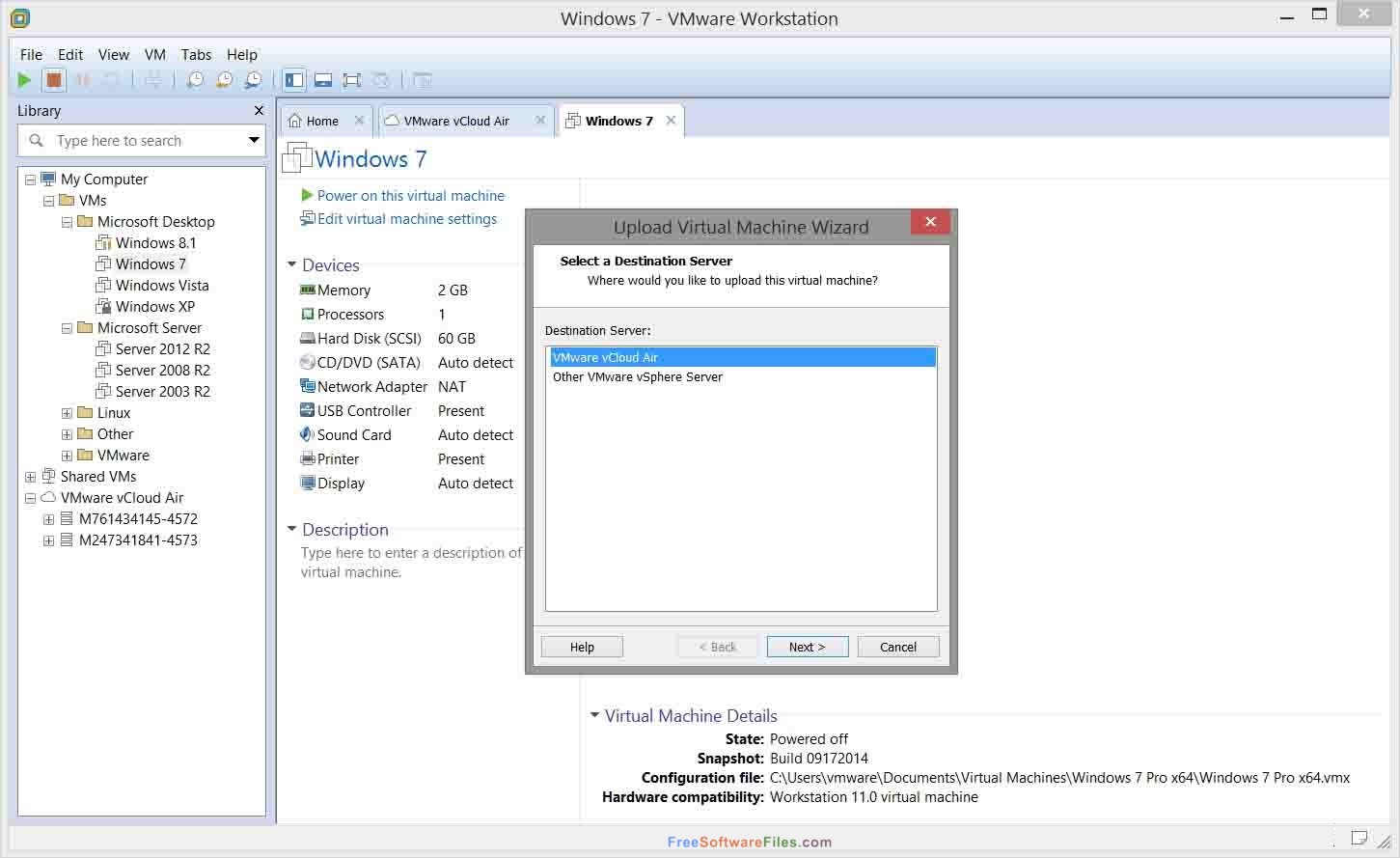

Storing the virtual machine you created for installation on an external disk is important for performance. Save the location on a portable HDD and click Next. In the Firmware Type window, UEFI is selected by default. In the Processor Configuration window, configure the processor according to the hardware specifications of your computer and click Next. Likewise, you can configure the virtual machine’s memory configuration to 4 GB (4096 MB). You can specify at a higher RAM value as well. Click the Next button to continue the Windows Server 2019 virtual machine configuration. In the VMware network configuration window, you can select the NAT network. LSI Logis SAS (Recommended) is selected by default and click Next to continue. Select SCSI for the disk type and click on the Next button. To create a new disk for the virtual machine, select Create a new virtual diskand click Next. It is recommended that you use all the free space of the disk. Configure the VMware virtual machine disk configuration as shown in the following illustration.Ĭontinue by clicking the Next button in the disk file specification window. You should activate the virtualization feature before completing the virtual computer. Open the Hardware settings and enable the Virtualize Intel VT-x/EPT or AMD-V/RVI option as shown below and close the window.Ĭlick the Finish button at the ready to create virtual machine window.Īfter you click Finish, the virtual disk will start to be created.

This may take some time…Īfter you create the virtual machine, attach the ISO file that you downloaded to the virtual machine. Start the virtual machine and start the installation. How to Install Windows Server 2019 Step by StepĪfter you run the virtual machine, follow these steps to install the operating system step by step.


 0 kommentar(er)
0 kommentar(er)
